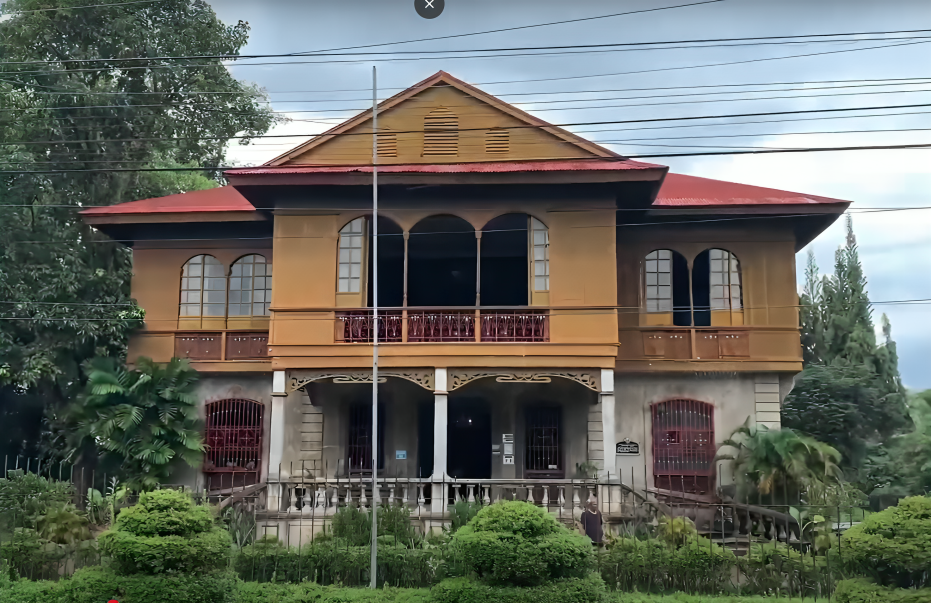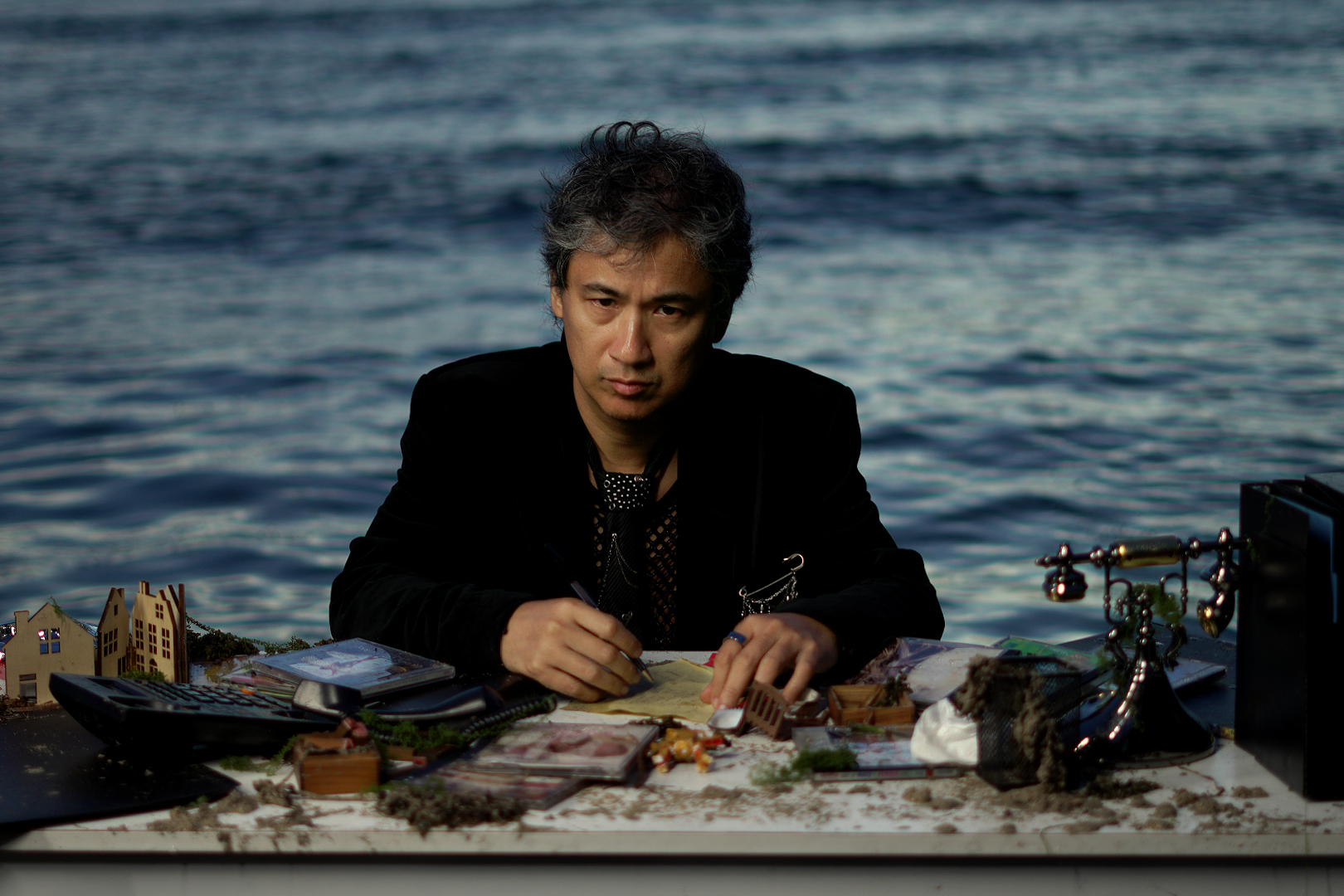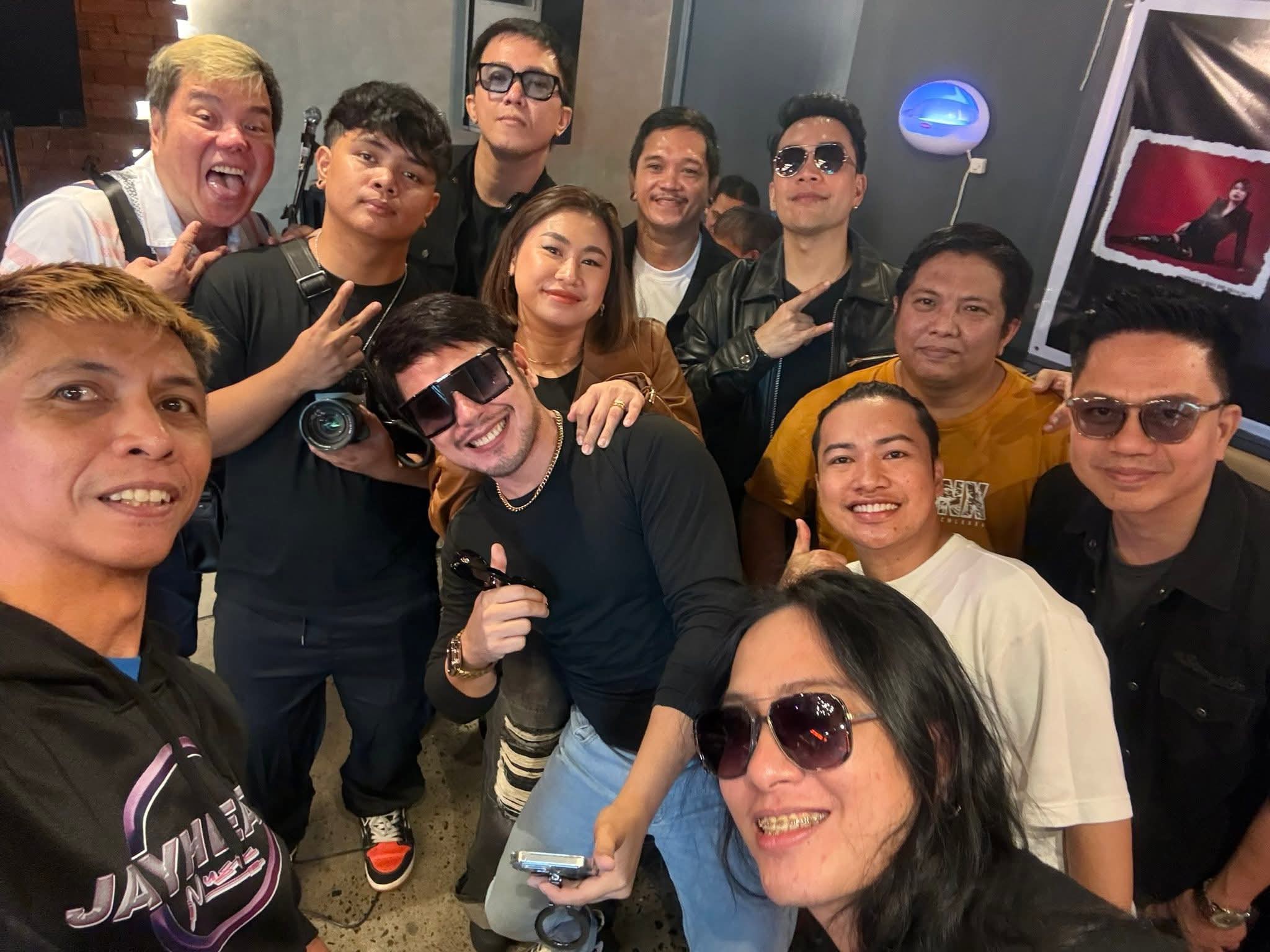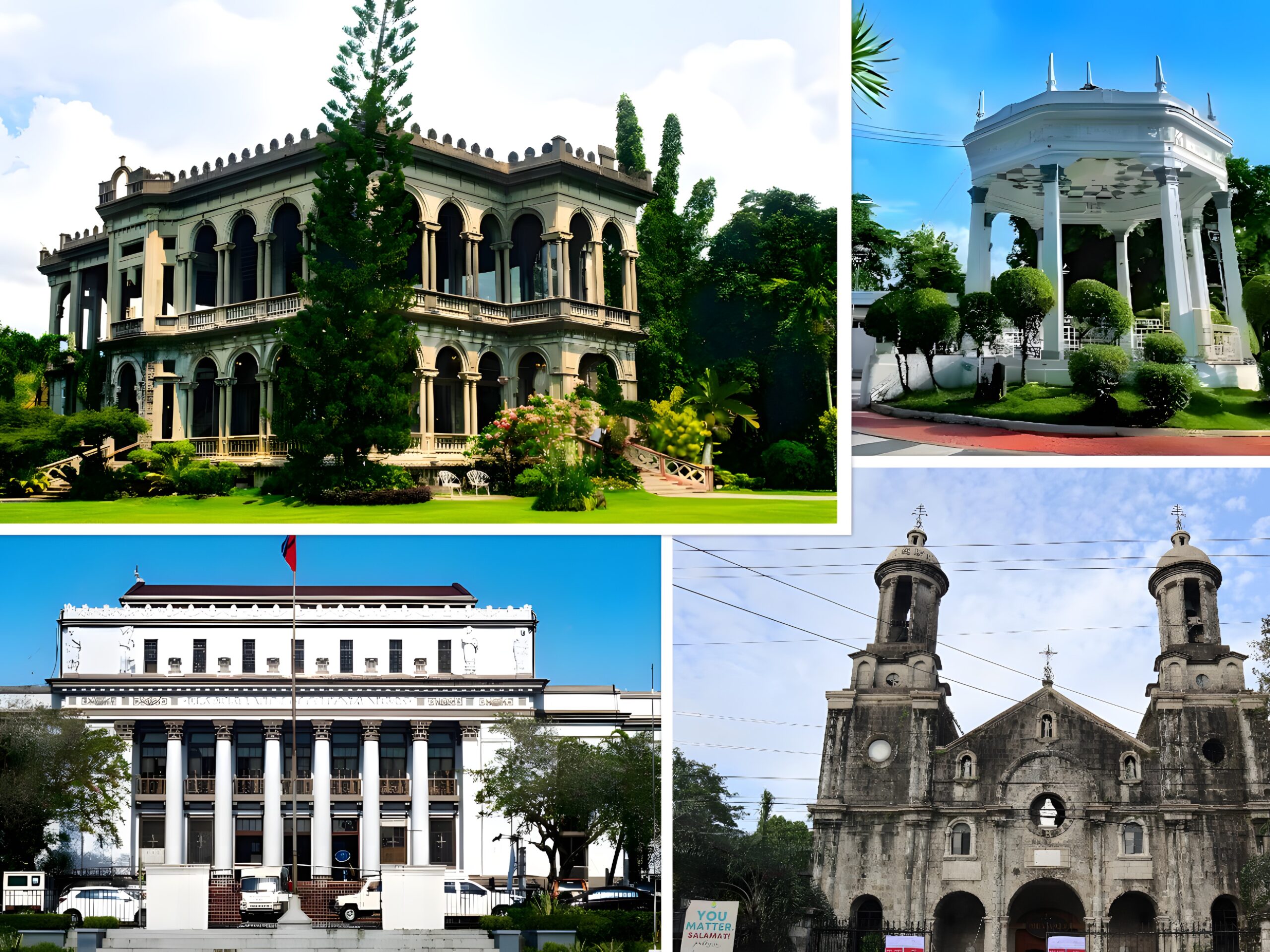Bacolod City’s Historic Buildings: Myths or Hidden Stories?
 (Clockwise: The Ruins; Bacolod City Public Plaza; San Sebastian Cathedral; and Bacolod City Capitol Building)
(Clockwise: The Ruins; Bacolod City Public Plaza; San Sebastian Cathedral; and Bacolod City Capitol Building)
Bacolod City, known as the “City of Smiles,” offers more than just the MassKara Festival and sweets. The city’s historic buildings, nestled beneath its vibrant exterior, weave a rich tapestry of stories. While some of these buildings are preserved, others are in a state of decay, yet they all serve as a reminder of the city’s vibrant past. The heritage structures of Bacolod have been associated with a few lesser-known stories.
The Ruins: A Monument to Undying Love and War’s Tragedy
Most know The Ruins in Talisay as the “Taj Mahal of Negros,” but few are aware of the heartbreak behind it. Built in the early 1900s by Don Mariano Ledesma Lacson in memory of his wife Maria Braga, the mansion was a lavish tribute to a great love. However, during World War II, Filipino guerrillas set it ablaze to prevent Japanese forces from using it as a headquarters. The skeletal beauty that remains is not just romantic—it’s a haunting reminder of war’s reach into even the most intimate spaces. Directions.
Balay Negrense: Beyond Sugar Barons and Social Balls
The Balay Negrense was once the home of Victor Fernandez Gaston, a wealthy sugar baron. While the house is now a museum, few know that it also served as an unofficial social hub during the sugar boom, where decisions on politics and trade were often made during opulent soirées. Rumor has it that resistance leaders used the secret tunnels beneath the house as escape routes during the Japanese occupation. Directions.
San Sebastian Cathedral: A Stone of Faith and Rebellion
This 19th-century baroque church stands proudly in the city center, but beneath its sacred halls lies the story of a people’s resistance. Filipino parishioners largely financed the cathedral’s construction during the Spanish colonial period, demonstrating a quiet act of defiance and resilience. It later became a refuge for revolutionaries during the Philippine Revolution and a sanctuary for families fleeing American bombings in WWII. Directions.
Palacio Episcopal: Political Intrigue in the Bishop’s House
Adjacent to San Sebastian Cathedral is the Palacio Episcopal (Bishop’s Palace). Beyond religious ceremonies, Japanese officers once occupied it during the war and reportedly used it for interrogations. Some say old documents hidden within its walls revealed names of local collaborators—many of which remain undisclosed to this day. Directions.
Negros Occidental Capitol Building: Power, Art, and Secrets in Stone
An architectural gem of the 1930s, the Capitol Building is a symbol of governance but also of hidden opulence. Beneath its neoclassical facade lie murals and sculptures by Italian artists, believed to hold allegorical meanings tied to early political aspirations. There are persistent rumors of a sealed underground chamber where Spanish-era documents and war artifacts remain entombed—awaiting rediscovery. Directions.
Bacolod City Public Plaza: A Landmark with a Revolutionary Past
Plaza del 6 de Noviembre, more commonly known as Bacolod Plaza, is a well-known landmark in Bacolod City that honors the day the Spanish relinquished Negros Island to the Negros Revolutionaries on November 6, 1898. In addition to a gazebo in the middle of the plaza, which hosts concerts during festivals and other occasions, the park is dotted with four circular fountains.
This public plaza already existed when Bacolod officially became the capital of Negros Island in the 1840s. Over the years, the plaza has erected a small memorial honoring the soldiers who fought for Bacolod’s democracy during the war. Additionally, in 1938, to mark Bacolod’s chartered city status, former Philippine President Manuel L. Quezon planted a tindalo tree here. Directions.
These buildings are more than bricks and beams—they are silent witnesses to the triumphs, tragedies, and transformations of Bacolod City. As modernization continues, it’s vital to unearth and preserve these hidden stories, allowing future generations to connect with a past that still whispers from behind old walls.













